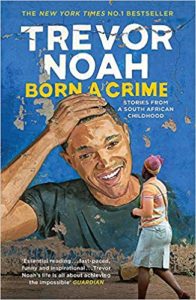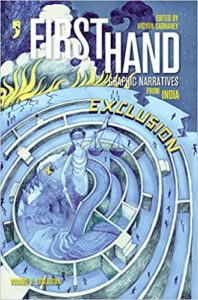 First Hand Vols 1 & 2
First Hand Vols 1 & 2 are a collection of reportage told in graphic format or comic style. There are a variety of stories, styles of illustration and to some extent representation of regional diversity. Turning the page to a new story brings with it an unexpected pleasure — for a brand new style of presenting a visual story. A new kind of drawing and unexpected stories. For a reader this is tremendous as at one level it is challenging to read such a lot of variety and yet it is engaging. But for the publishers of this book it must have been quite a project to put it together.
In
First Hand 2 the stories
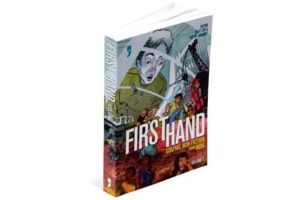
are arranged thematically as per the Exclusion report. Nevertheless it is a powerful treasure trove of searing stories. “
Shadow Lines” has to be the most powerful of stories in this volume for it focuses on the
communal violence in Muzaffarnagar based on a report by journalist Neha Dixit and illustrated by Priya Kuriyan. The others focus on ethnic conflict in Bodoland in the north east of India (“There’s no place like
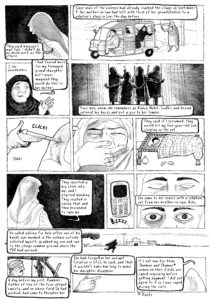
home”), on the Devadasis or on the Jarawas of Andaman ( “Without permit, entry prohibited”). It is imperative these stories are kept alive. These are extremely tough stories and need to be heard by a wider audience.
The “byproducts” of the second volume, if ever created, will travel far. For instance these can be turned into storyboards / story cards of one panel each to be used in workshops or educational programmes. These can be used as a springboard for short animation films, again with a wide variety of applications.

Here is an interview with Vidyun Sabhaney, along with writers and illustrators to the book, Neha Dixit, Bhagwati Prasad, Vipin Yadav and Anupam Arunachalam. They speak to Souradeep Roy of the Indian Cultural Forum on the process behind the making of the book.
https://www.youtube.com/watch?time_continue=110&v=DlS98i7nbnw
1. Why and how were the First Hand series conceptualized? How long did the process take from conception to publication of each book?
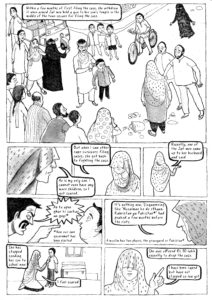 Vidyun: The First Hand books were initially conceptualised as non-fiction comics anthologies, as at the time there was not too much non-fiction work being made in a dedicated way. Speaking personally, I was interested in what could be produced if we encouraged artists and writers to engage with their social, political, and economic context through a platform like an anthology. That’s the sprit with which First Hand 1 was begun with myself, Orijit Sen and Arpita Das. First Hand 2 took on a slightly different approach. The first book took about three years from conceptualisation to finish, and the second book took roughly two years.
Vidyun: The First Hand books were initially conceptualised as non-fiction comics anthologies, as at the time there was not too much non-fiction work being made in a dedicated way. Speaking personally, I was interested in what could be produced if we encouraged artists and writers to engage with their social, political, and economic context through a platform like an anthology. That’s the sprit with which First Hand 1 was begun with myself, Orijit Sen and Arpita Das. First Hand 2 took on a slightly different approach. The first book took about three years from conceptualisation to finish, and the second book took roughly two years.
Arpita: Vidyun came to me with the idea for First Hand, to make comics out of real on-the-ground reportage in India, in early 2014. We had published our first graphic anthology on the Indian Partition, This Side That Side very successfully in the Fall of 2013, and I was immediately excited by the potential of what Vidyun was sketching out for me. Conception to publication took 2-2.5 years each time.
2. How did the name “First Hand” come about as a title for these books? What is the principle of selection for the stories to be included in the volumes?
Vidyun: The name “First Hand” reflects the spirit of the books – that they are or are based on seen and heard stories, or that someone has witnessed them. It also alludes to the process of drawing.
The first book was much more about generating a kind of content we (my co-editor Orijit Sen and I) thought was missing in the Indian comics’ scene and trying understand the many facets of non-fiction. So it was an exploration of genre and what is possible in it. For this reason, we did an open call for stories, from which we received 50-odd applications. From this we selected work using the writer’s process as a filter for this book, as well as the ‘contemporariness’ of the narratives. ‘Process’ refers to how the material that forms the base of the narrative was gathered—for example, if it was through research, interview, or personal experience. The second lens was the relationship of the work with contemporary public life, i.e., the social and political milieu of the country. A deeply personal story, while being non-fiction, would have to have some relationship with recent events or phenomena.
On the other hand, this book was a deep-dive into the theme of exclusion – so it was a challenge in a different way. To understand the length and breadth of the issue, what the data in the report was saying, and develop works accordingly was an intensive process. Many of the stories in the book are not strictly non-fiction – rather it is work that is true-to-life. In order to put forward the data holistically, we had to fictionalise and merge experiences of different people and place them in a narrative frame. In some cases, anonymity was also a concern. In addition, there were some non-fiction narratives that were selected for the book – like Water and Shadow Lines. I tried my best to develop and select work that their either reflected the report or then complemented what it was saying in a different way – for example through visual poetry (Water) or then a wordless comic (Without Permit Entry Prohibited).
Arpita: This was Vidyun again. She had a few options in mind but was always leaning in favour of First Hand, and I loved it too. The title communicated so effectively what the most vital core of the series would be. For Volume 1, there was a Call for Entries while for Volume 2, Vidyun commissioned the artists to collaborate with the writers. But for both models, what remains most important is that there is tremendous integrity in telling the story as the writer envisaged it, and excellence in terms of form.
3. Making graphic novels is an expensive proposition in terms of all resources, not just financial. Why choose this format to tell these stories?
Vidyun: The only aspect of comics making that is inherently more expensive than other books is the production – but even that depends on the kind of book. This has to be viewed relatively – those who work in film marvel at how much more resource efficient the medium of comics is, even as it tells a visual story. Although, comics and graphic novels come in the form of a book – they offer something very different from the written word, and need to be viewed in those terms.
There are so many reasons to work with this medium. For example, through drawing, one can evoke a detail or a feeling or a texture or a history as experience for the reader. It is also a way of seeing the world, of picking up information and metaphors that arise from a visual understanding of society. In that way, practising this medium offers a different perspective. These observations can be put forward as visual metaphor or cinematically, while using the physical space of the page to emphasise different parts of the story. The list goes on and on!
Arpita: Yes, it is a time-consuming format, and there are financial challenges as well, but for me, it is a genre that is unbelievably exciting in its potential. I also have to say that the way our two earlier graphic books, A Little Book on Men and This Side That Side continue to sell, and sort of put us on the map in terms of spelling out to our audience the kind of bold and stereotype-smashing publishing we wanted to do, almost nothing else has done it with such effectiveness. Frankly, I am waiting for a time when we start having multiple awards for graphic books to reward some of this stupendous work, and the risks we have taken to put it out there.
4. The publication of the second volume has coincided with the first ever graphic novel being nominated on the Man Booker longlist. Do you think the reception to graphic novels will change after this announcement? What has been the reception to your two books?
Vidyun: Personally I think that these are two very different spaces. Perhaps it will make non-readers of the medium more aware of it but little changes otherwise. Comics have been winning ‘mainstream’ accolades for several years now, I don’t think there’s much left for us to prove. After all, it’s a medium that can be used to tell stories well or poorly – that depends on the creator. Things only change for the field when genuine interest is taken in the distribution of comics, which currently remains very niche the world over.
Arpita: As I said, the reception has been incredibly heartening. We keep printing these books, and we are always behind on demand, which as a publisher I can tell you, is a good thing.
5. Why did you choose to base First Hand 2 on the 2015 edition of the India Exclusion Report instead of circulating an open call for submissions of original stories as you seem to have done for First Hand 1?
Arpita: CES have been our publishing partners for more than three years now, and Yoda Press publishes the India Exclusion Report annually with them. When Harsh Mander got in touch with me asking if there were other genres in which they could adapt some of the narratives emerging out of the extremely important documentation that IXR is doing, I immediately thought of the graphic genre. Because that was exactly what we had hoped to achieve with First Hand 1: bringing the Indian reality on the ground to another audience, and we succeeded. Vidyun and I had also thought from the beginning that from the second volume onwards, we should think thematically—that this the only way to build up a series. So when CES showed interest in trying something radical and new, we immediately got to work on it. The stories were all already there, incredible, chilling, uplifting, eye-opening stories. They just had to be gleaned from the documentation and told in this fabulously bold format that graphic books always make available.
Vidyun: Centre for Equity Studies (CES) approached us with the idea of converting their 2015 edition into graphic format – we accepted because of the possibilities of the stories that we could create. These are very important narratives about marginalisation that need to be told, so that we can work towards a more inclusive society. India is a shockingly unequal nation, and there are urgent issues like casteism, gender-based discrimination, communalism, economic disparity – to name a few. We felt these comics could offer an introduction to them, and also give them a visual register. Exclusion can at times hide in plain sight, and we hoped that this book could make it easier to identify and fight.
Open calls are a great way to push the field further, to encourage new voices through a platform. Since there was little non-fiction work being produced when we did First Hand 1, an open-call worked very well.
With First Hand 2 the approach was different – working in a dedicated way on a specific theme is an opportunity to engage with subject and storytelling a more detailed way. It was important that exclusion be explained in the terms of the original report, and for that reason it made sense to have a small, dedicated team that could also familiarise themselves with the report and produce accordingly.
6. Do publications like this lend themselves to travel well in other English language book markets or even other languages? Or do you see them only as India-specific books?
Arpita: Many German, French and Australian publishers have shown interest in buying rights. There is a French publisher who recently asked if they could put together the comics on women from the two volumes. I have discussed this with Vidyun and we are open to it. I had meetings at Frankfurt Book Fair 2018 with French and Australian publishers to discuss the project. Next year the Salon the Livre is doing a Guest of Honour India year, and they are showcasing some books from India for their publishers recommending them for rights purchase, and they picked First Hand 2 as one of the books. So yes, I think we are getting there.
7. Why Is there inconsistency in providing translation for text spoken or written in Hindi/Devnagari? The first story is narrated in Hindi with no translation whereas “Shadow Lines” has translations for the few lines spoken in Hindi but written in Roman script.
Vidyun: It was important to have some works in Hindi in the book as I have always felt that graphic narratives and comics should be published in a variety of languages, in their original script.
“Shadow Lines” has translations as it is reportage work, and some translation was required to explain context – especially as the rest of the comic is in English and roman script.
Arpita: Well, because both the stories by Bhagwati Prasad were written originally by him in Hindi using the IXR data and information. Whereas, Neha’s story was written in English, and the Hindi text occurred in between. I think the two narratives were treated faithfully as they should have been, within the language of origin parameters.
8. Will “First Hand” become a platform and a launch pad for testing new voices alongside experienced storytellers?
Arpita: I think it already is. So many narratives have been drawn or told in both the existing volumes by first-time artists and storytellers. And they appear at the end alongside well-known voices. And if and when we manage to publish more volumes, its perception as a series which empowers new voices as much as it showcases established ones should only grow.
Vidyun: I think to a degree it is already that, and I am very happy that it has been able to provide this platform to both. If we can continue this series, then it will hopefully continue in this vein.
9. Yoda Press is known for publishing unusual literature and always crackling good subjects but are not necessarily known as publishers of graphic novels (except for This Side, That Side). So why venture into the graphic novel genre? Will this become an annual feature for Yoda Press or remain as a series whose frequency is undetermined?
Arpita: Well, since 2013 we have indeed become known for our graphic anthologies as well, since we have published three in just five years since then, and these are big books, over 300 pages, each one, involving much skill and many voices. It cannot be an annual feature because each of these anthologies takes 2 years to come together at a minimum. So that is what we are looking at as a time frame.
10. What were the highs and lows of publishing Vol 1 vs Vol 2?
Arpita: The high for me as a publisher is always when the book is in my hand. The lows usually occur when there are delays in the scheduling and one hits the panic button, and then you have to calm down. I think in some ways Vol. 1 with its Call for Entries starting point was a more dynamic journey, whereas here it felt more like the work was at hand to begin with and had to be delivered. The book at the end in both cases was just splendid, so finally it was a high that outlasted the lows.
21 November 2018

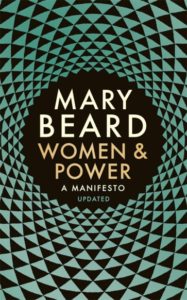
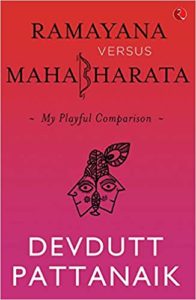
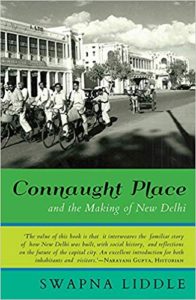
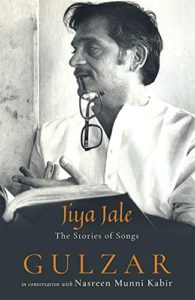
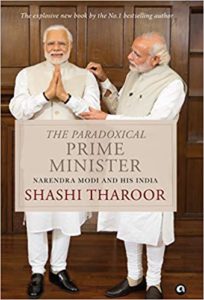
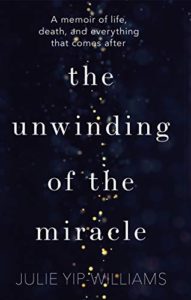
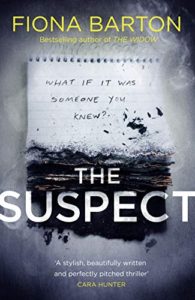
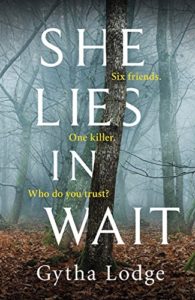
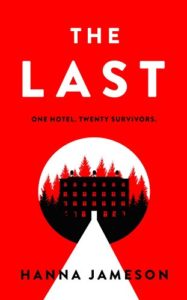
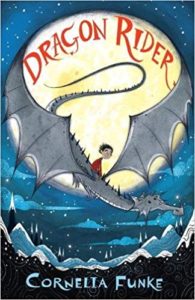
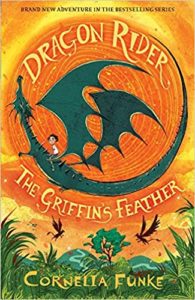
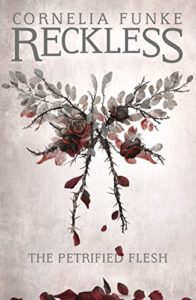
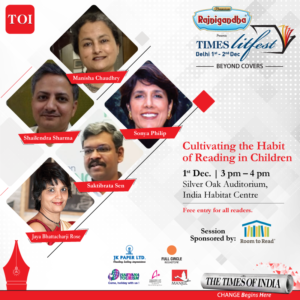 The
The 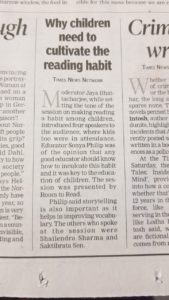
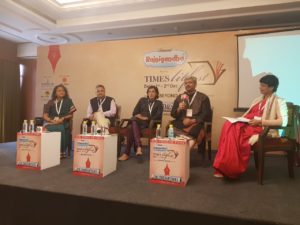
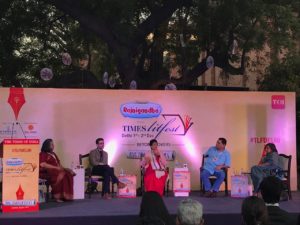
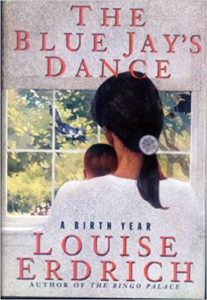
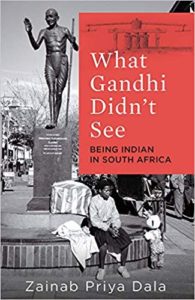
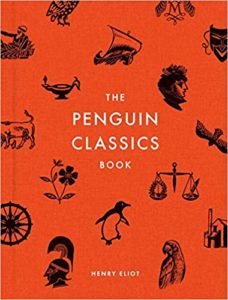
 essential task of being a rich historical documentation of a sterling list while being a repository of world literature translated in to English. Henry Eliot’s comments in the book about Dr Rieu’s vision and his intention of housing only the well-known texts as translations on this list is a good reference point for many of the ongoing discussions in the literary world about translations. In fact Dr Rieu’s classic translation of Homer’s The Odyssey has been prescribed for decades by universities around the world. Dr. Rieu favoured prose but this was (thankfully!) reviewed by his successor, Betty Radice. While reading The Penguin Classics Book I came across a fabulous discussion between Dr E.V. Rieu and Rev. J. B. Phillips on
essential task of being a rich historical documentation of a sterling list while being a repository of world literature translated in to English. Henry Eliot’s comments in the book about Dr Rieu’s vision and his intention of housing only the well-known texts as translations on this list is a good reference point for many of the ongoing discussions in the literary world about translations. In fact Dr Rieu’s classic translation of Homer’s The Odyssey has been prescribed for decades by universities around the world. Dr. Rieu favoured prose but this was (thankfully!) reviewed by his successor, Betty Radice. While reading The Penguin Classics Book I came across a fabulous discussion between Dr E.V. Rieu and Rev. J. B. Phillips on 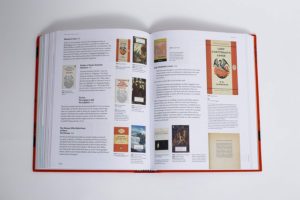
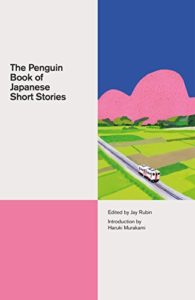
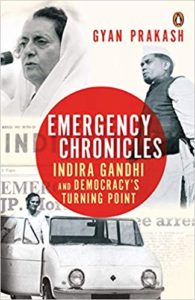
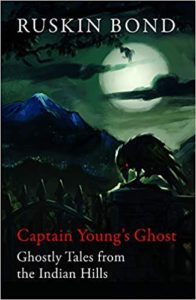
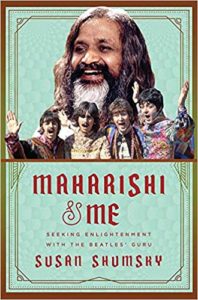
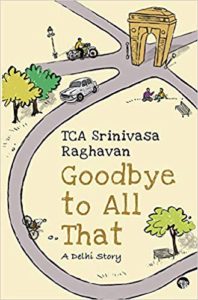
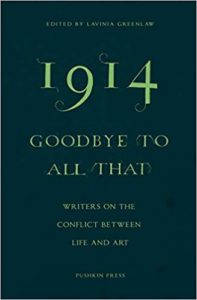
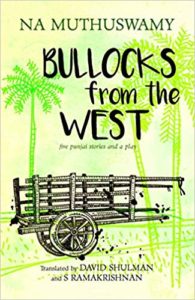
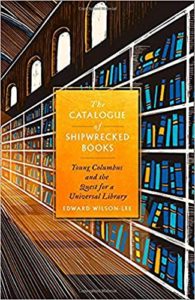
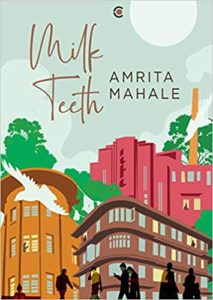
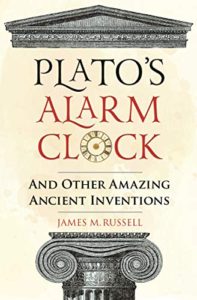
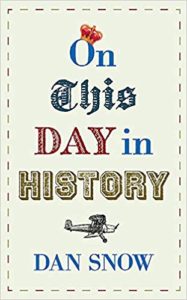
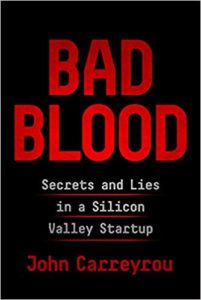
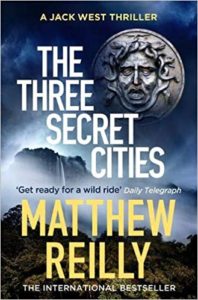
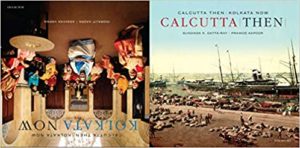
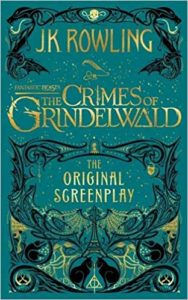
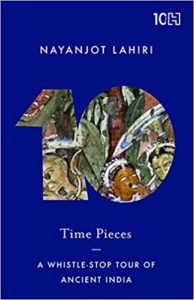
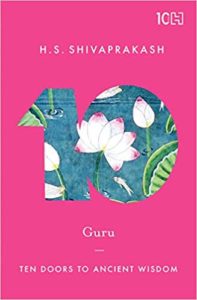
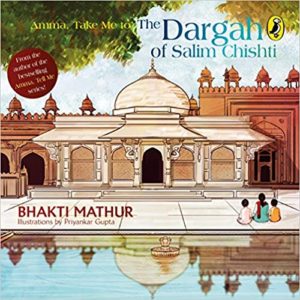

 are arranged thematically as per the Exclusion report. Nevertheless it is a powerful treasure trove of searing stories. “
are arranged thematically as per the Exclusion report. Nevertheless it is a powerful treasure trove of searing stories. “ home”), on the Devadasis or on the Jarawas of Andaman ( “Without permit, entry prohibited”). It is imperative these stories are kept alive. These are extremely tough stories and need to be heard by a wider audience.
home”), on the Devadasis or on the Jarawas of Andaman ( “Without permit, entry prohibited”). It is imperative these stories are kept alive. These are extremely tough stories and need to be heard by a wider audience.
 Vidyun: The First Hand books were initially conceptualised as non-fiction comics anthologies, as at the time there was not too much non-fiction work being made in a dedicated way. Speaking personally, I was interested in what could be produced if we encouraged artists and writers to engage with their social, political, and economic context through a platform like an anthology. That’s the sprit with which First Hand 1 was begun with myself, Orijit Sen and Arpita Das. First Hand 2 took on a slightly different approach. The first book took about three years from conceptualisation to finish, and the second book took roughly two years.
Vidyun: The First Hand books were initially conceptualised as non-fiction comics anthologies, as at the time there was not too much non-fiction work being made in a dedicated way. Speaking personally, I was interested in what could be produced if we encouraged artists and writers to engage with their social, political, and economic context through a platform like an anthology. That’s the sprit with which First Hand 1 was begun with myself, Orijit Sen and Arpita Das. First Hand 2 took on a slightly different approach. The first book took about three years from conceptualisation to finish, and the second book took roughly two years.
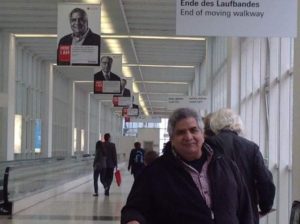
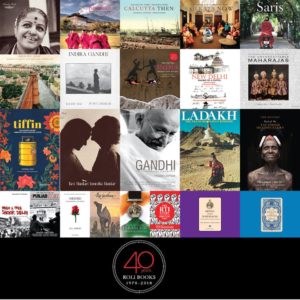 family ( Pramod Kapoor, Kiran Kapoor, Kapil Kapoor and Priya Kapoor ) have published some exquisite books with extraordinary backstories. To celebrate the milestone a short film documenting 40 years of Roli Books was released at a glittering
family ( Pramod Kapoor, Kiran Kapoor, Kapil Kapoor and Priya Kapoor ) have published some exquisite books with extraordinary backstories. To celebrate the milestone a short film documenting 40 years of Roli Books was released at a glittering 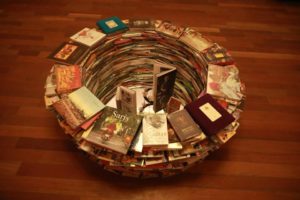 party held at Bikaner House.
party held at Bikaner House.